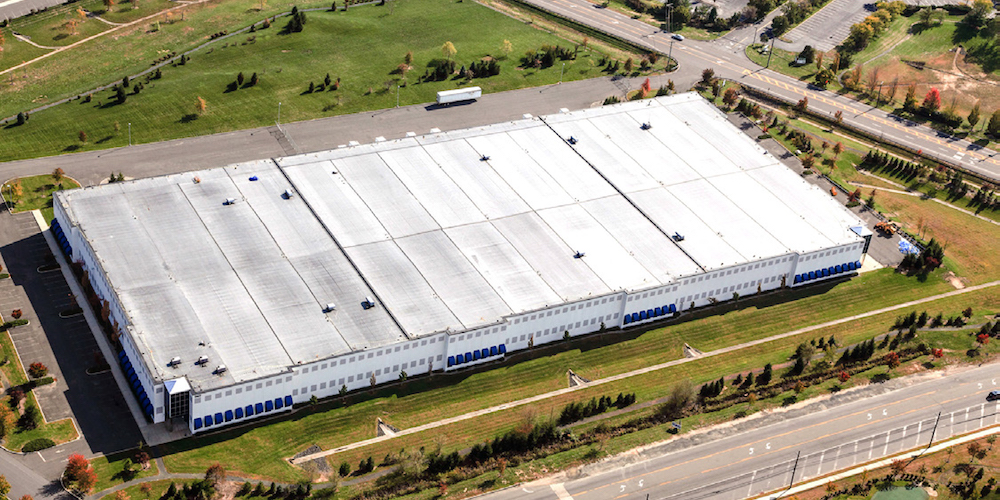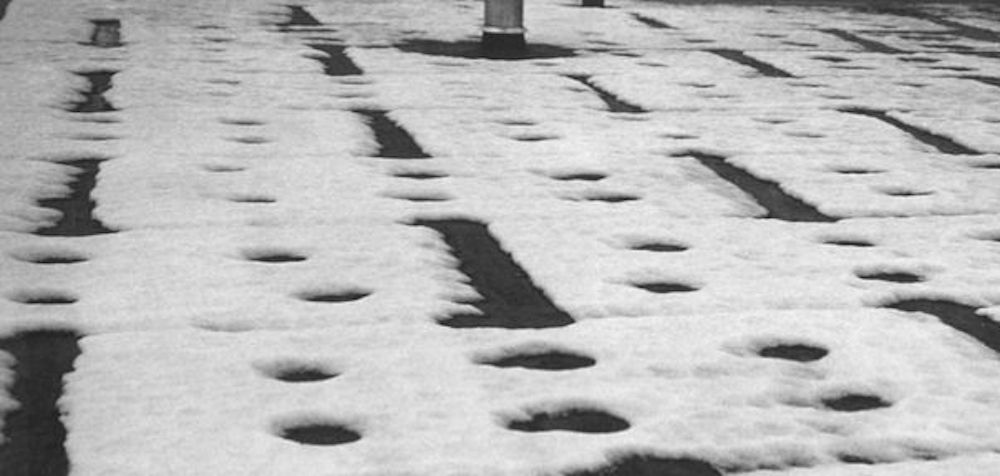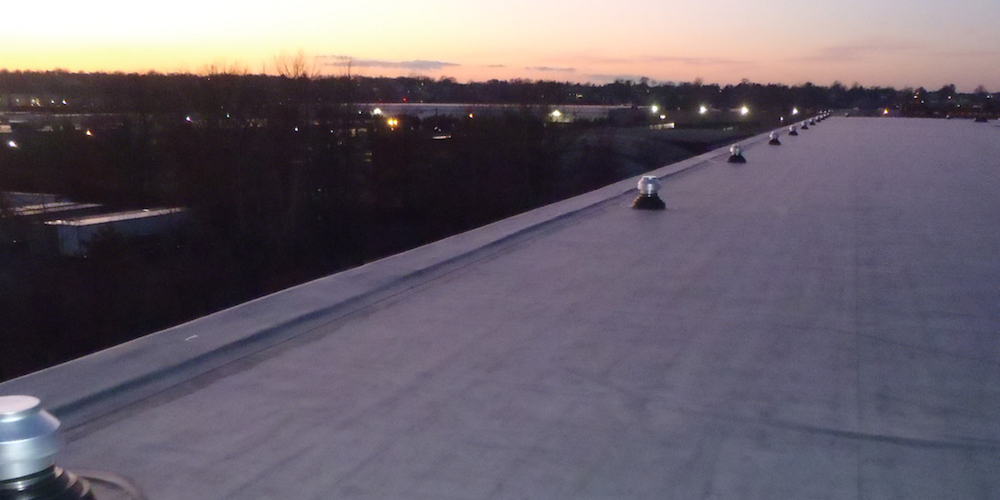25 Aladdin Ave Dumont, NJ 07628
25 Aladdin Ave Dumont, NJ 07628
An Advanced Roofing System

One of the most advanced and wind-resistant low-slope commercial roofs is the wind-vented roof.
Commercial wind-vented systems pull the air from under the roof membrane through the equalizer valves, typically located along the roof’s perimeter. The process is similar to sucking the air out of a balloon.
The membrane is pulled down tight against the substrate, and system loads are transferred directly to the building’s structure. Rather than fasteners, negative air pressure keeps the roof membrane laying flat, even in high winds.
A wind-vented roof addresses challenges that confront conventional commercial roofing. For example, wind vented roof systems meet today’s more demanding code requirements for wind-lift resistance.
Since metal fasteners are not required to secure the membrane, it is possible to avoid corroding fasteners, thermal bridging across fasteners and fastener back-out.
Labor and waste disposal costs are reduced since there is usually no need to remove the existing roof system. This makes installation less intrusive for building occupants.
Installation is possible over wet insulation because the wind-vented system will dry out the existing roof and continue to maintain a dry condition throughout the life of the roof. Thereafter, enhanced airflow under the membrane keeps roof components dry, maintaining insulation R-values and mitigates mold growth.
Compared to traditional ballasted roofs, wind vented roof systems are typically easier to maintain. Fewer seams mean far less potential for seam failures.

Labor and waste disposal costs are reduced since there is usually no need to remove the existing roof system. This makes installation less intrusive for building occupants.
Installation is possible over wet insulation because the wind-vented system will dry out the existing roof and continue to maintain a dry condition throughout the life of the roof. Thereafter, enhanced airflow under the membrane keeps roof components dry, maintaining insulation R-values and mitigates mold growth.
Compared to traditional ballasted roofs, wind vented roof systems are typically easier to maintain. Fewer seams mean far less potential for seam failures.
A successful wind vented roof requires proper placement of the vents. The number of one-way roof vents is determined by a variety of factors, including building height and the presence of parapet walls.
Although wet insulation and existing roofs can usually remain in place, any deteriorated decking and/or insulation must be repaired or replaced. When necessary, added insulation is installed to meet modern R-value requirements.
The large EPDM rolls are delivered to the site and craned up to the roof. An experienced crew then installs the roofing system following the manufacturer’s recommendations.

Navigation
recent posts
When Is The Best Time To Make Roof Repairs In Ridgewood NJ
Roof Repairs You May Need Before A Winter in Bergen County NJ
3 Common Types of Roof Damage In Paramus NJ